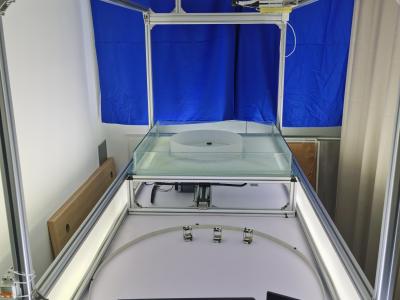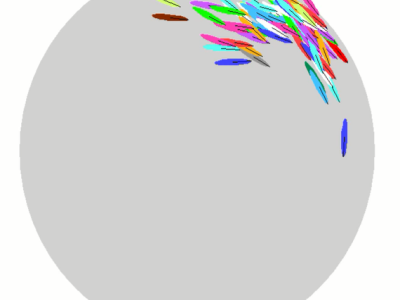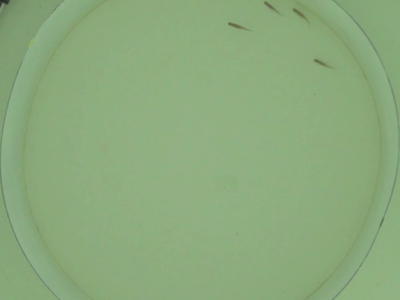
Collective intelligence in biological groups can be employed to inspire the control of artificial complex systems, such as swarm robotics. However, modeling for the social interactions between individuals is still a challenging task. Without loss of generality, we propose a deep attention network model that incorporates the principles of biological Hard Attention mechanisms, that means an individual only pay attention to one or two neighbors for collective motion decision in large group.
- Categories:



